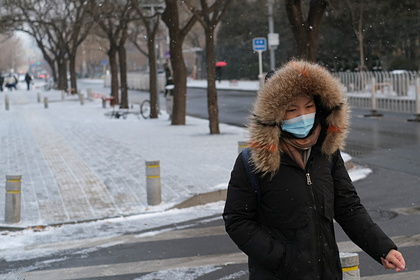
British scientists from Anglia Ruskin University (ARU) have uncovered a method for detecting coronavirus in the eyes: inflammation of the eyes, itching and photophobia may indicate COVID-19. The results of the study were published by the British Medical Journal.
Itching, inflammation, and light intolerance are common in other conditions, such as conjunctivitis. However, experts came to the conclusion that discomfort in the eyes can manifest itself at the initial stage of the coronavirus disease.
The three most common eye symptoms experienced by participants were photophobia (18 percent), eye pain (16 percent), and itchy eyes (17 percent). That said, 81 percent reported that they developed eye symptoms within two weeks of showing other COVID-19 symptoms. In 80 percent, symptoms lasted less than two weeks.
It is noted that photophobia can arise not only when exposed to bright sunlight, but also from the screen of a cell phone, computer and from a fire in a fireplace. Scientists have found that discomfort in the eyes with coronavirus also appears in blind people. The reason is that light-sensitive cells are located in the retina that react to light, resulting in a burning or tingling sensation in the person.
Previously, scientists at the University of Washington School of Medicine in St. Louis found a way to determine which patients with COVID-19 are at high risk of complications. It found that patients who were eventually admitted to the intensive care unit and also had a high risk of early death had high levels of mitochondrial DNA.

